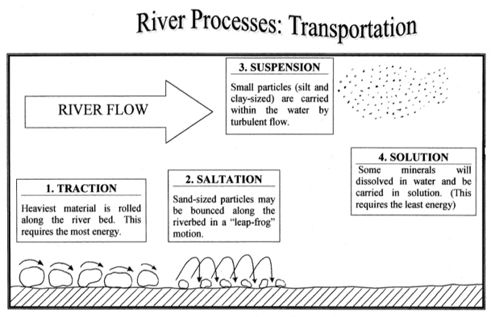http://www.windows2universe.org/the_universe/images/galaxies/m31_small.gif
The Earth is the 3rd planet from the sun. About 4.54 billion years ago it was formed. Everything in our solar system rotates around the sun.
"The immediate galactic neighbourhood of the Solar System is known as the Local Interstellar Cloud or Local Fluff, an area of denser cloud in an otherwise sparse region known as the Local Bubble, an hourglass-shaped cavity in the interstellar medium roughly 300 light years across. The bubble is suffused with high-temperature plasma that suggests it is the product of several recent supernovae.[105]
There are relatively few stars within ten light years (95 trillion km) of the Sun. The closest is the triple star system Alpha Centauri, which is about 4.4 light years away." (1)
Big Bang Theory: The big bang theory states that a very long time ago there was nothing. then this big "bang" came and it ecxpanded and cooled going from very small and hot to the size and temp of our current universe. It contunes to expand and cool. They say there was no actual explosion, only expansion. This is why galaxies appear to be moving away from us. "the abundance of the "light elements" Hydrogen and Helium found in the observable universe are thought to support the Big Bang model of origins." (2)
How old is the universe:
"Until recently, astronomers estimated that the Big Bang occurred between 12 and 14 billion years ago. To put this in perspective, the Solar System is thought to be 4.5 billion years old and humans have existed as a genus for only a few million years. Astronomers estimate the age of the universe in two ways: 1) by looking for the oldest stars; and 2) by measuring the rate of expansion of the universe and extrapolating back to the Big Bang; just as crime detectives can trace the origin of a bullet from the holes in a wall." Life cycle of a star depends on its mass. High mass stars are brighter and low mass stars are dimmer. A star like the sun has enough fuel to burn for about 9 billion years, a star twice as big can burn for about 800 million years. (3)
1. http://en.wikipedia.org/wiki/solar_system , Wikipedia, November 17th, 2011 , Wikimedia Foundation inc
2. http://big-bang-theory.com/ , allaboutscience.org, 2002-2011
3. http://map.gsfc.nasa.gov/universe/uni_age.html , NASA.com, Britt Griswold, 07-19-2010
